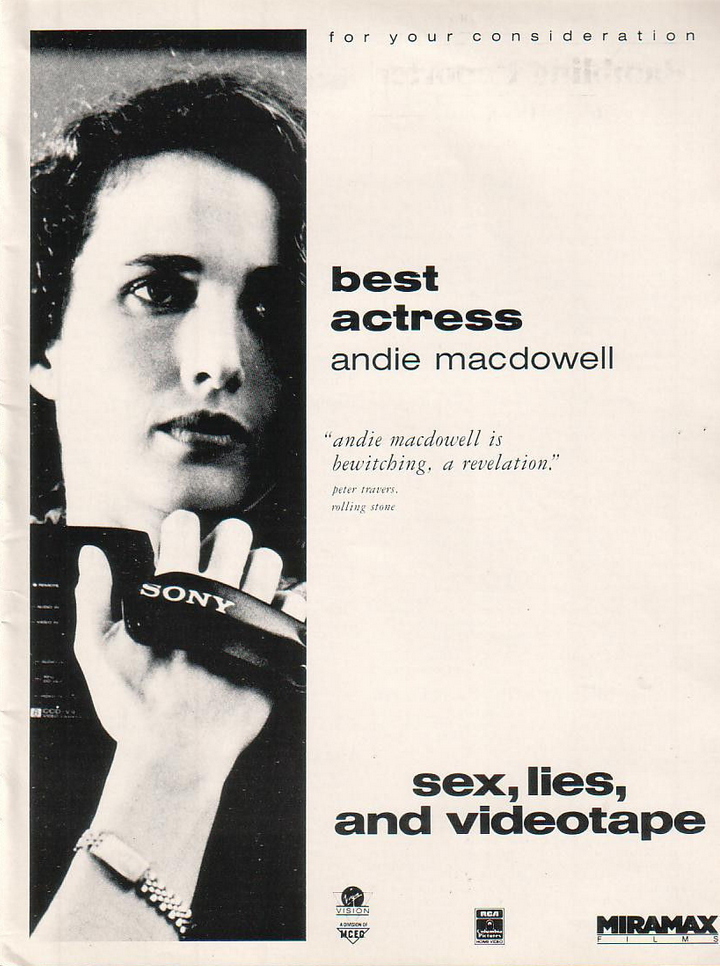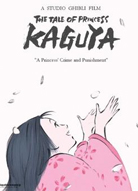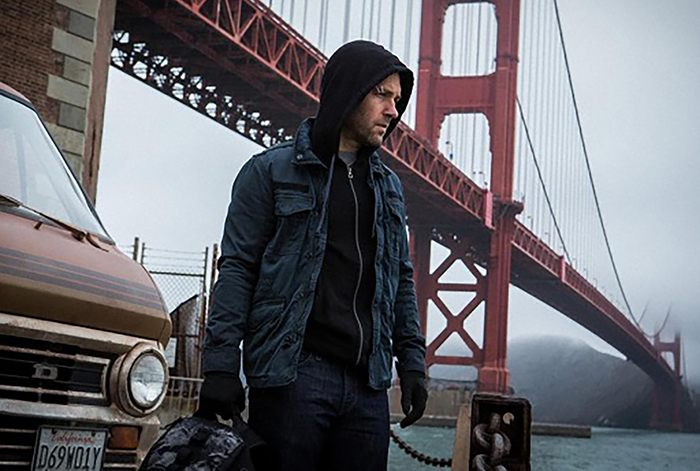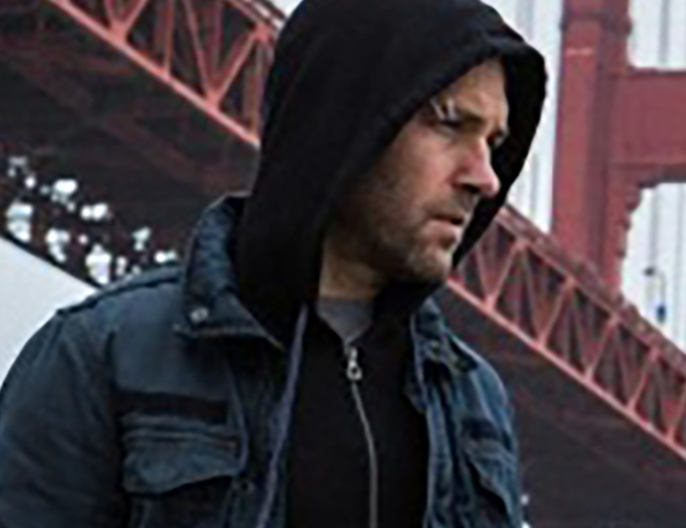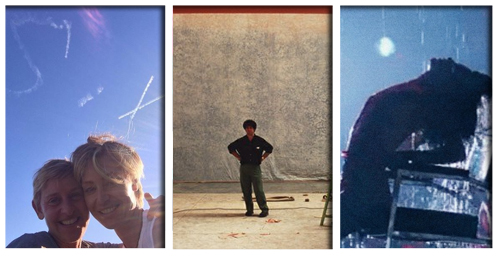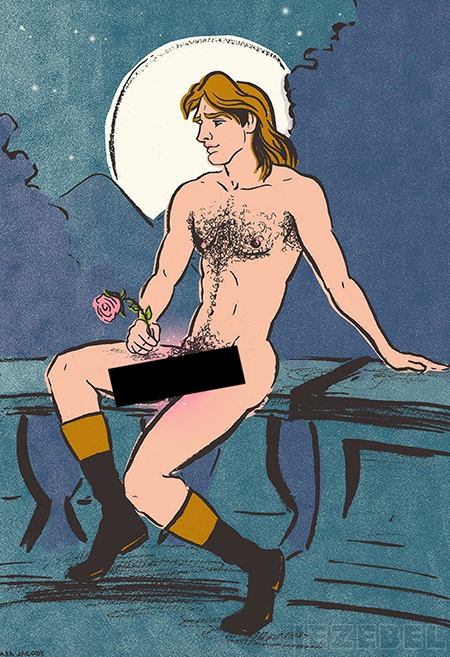Throwback Thursday FYC: sex, lies, and videotape (1989)
 Thursday, August 21, 2014 at 8:30AM
Thursday, August 21, 2014 at 8:30AM Our 1989 25th anniversary celebration continues...
Have you ever seen sex, lies and videotape? Steven Sodebergh won the Palme D'Or at Cannes for his very first film and somehow it wasn't all downhill from there. The film, which was a minor box office hit, was crucial in planting the seeds for the American indie boom of the 1990s but when Oscar nominations rolled around the Academy played it very safe largely shunning both of the year's most provocative critical darlings (the other being Do the Right Thing which we honored earlier this summer in a post just like this one). I spotted these FYC ads on eBay and thought I'd share them.
Andie MacDowell has won a lot of harsh criticism over the years for various performances, most notably Greystoke: The Legend of Tarzan, Lord of the Apes (for which she was dubbed over by Glenn Close) and Four Weddings and a Funeral but she's really wonderful in this picture and in Short Cuts. Blame Steven Soderbergh and Altman if you must but don't even try to deny it!
